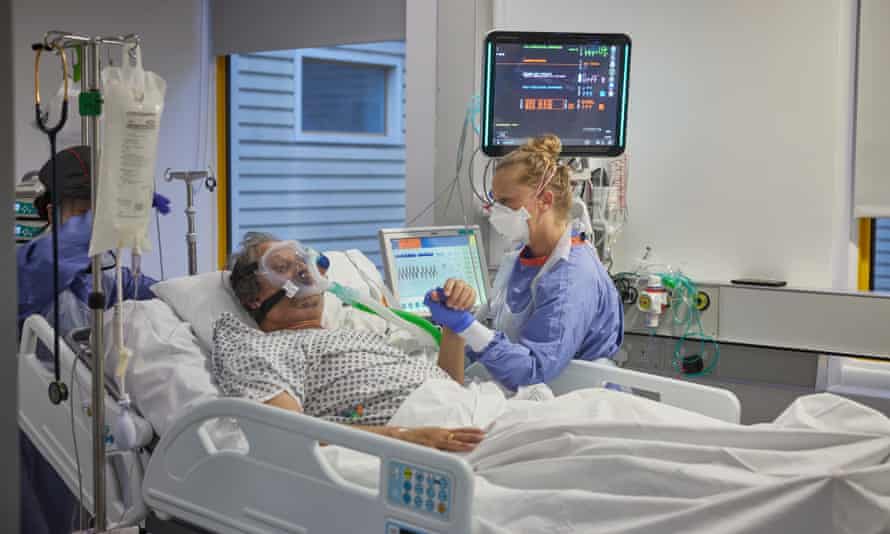Pleuroscopy is a medical procedure in which an incision is made between the ribs to insert a scope (called a pleuroscope) into the pleural cavity. Pleuroscopy is a minimally invasive procedure performed under anesthesia to either diagnose a lung disease like lung cancer or tuberculosis, or treat the abnormal accumulation of fluid in the pleural space (pleural effusion). Pleuroscopy is generally a second-line tool used for the diagnosis or treatment of conditions affecting the pleural cavity. It is typically performed after less invasive procedures, such as Ultra Sound, Computed Tomography (CT) scans and thoracentesis
There are four general indications for pleuroscopy:
Diagnosis: Pleuroscopy is commonly used to check the pleural cavity for any abnormalities, including infections, lung cancer, mesothelioma (cancer of the pleura), or metastatic cancer to the lungs.
Biopsy: Pleuroscopy can provide video-assistance guidance of a biopsy. The tissue sample can then be sent to the lab to see if there is any evidence of cancer or infection. The biopsy itself can be performed with fine-needle aspiration, core needle biopsy, or a newer procedure called cryobiopsy in which tissue is frozen and removed with forceps.
Fluid drainage: Pleuroscopy allows healthcare providers to quickly drain fluid in people with pleural effusion while enabling a visual exam of the pleural cavity.
Pleurodesis: In people with severe or recurrent pleural effusion, chemicals can be injected during pleuroscopy to bind the membranes together and prevent fluid from re-accumulating. The procedure, called pleurodesis, is typically used in people with malignant pleural effusion, recurrent pleural effusion, or persistent or recurrent pneumothorax (collapsed lung).

